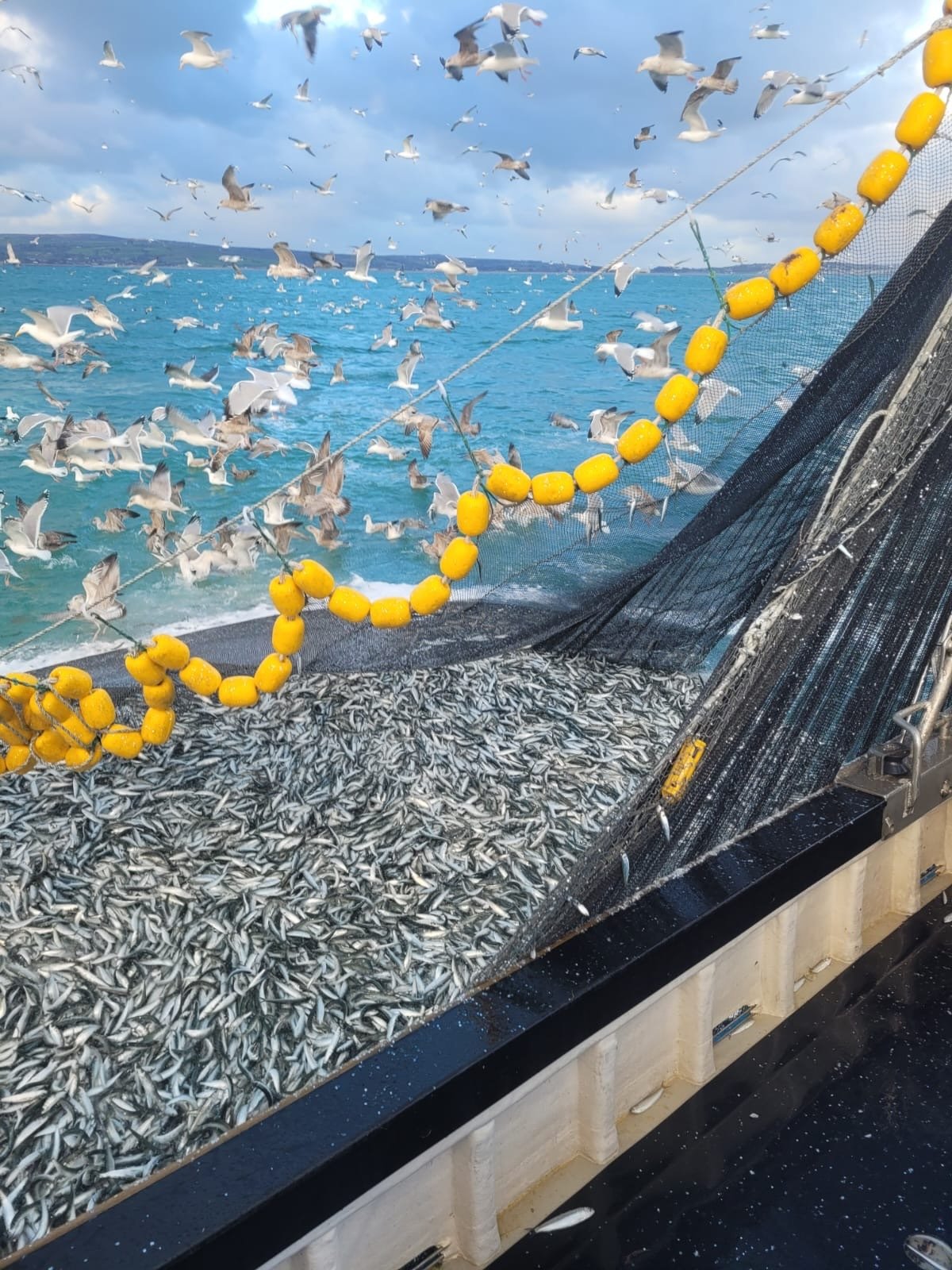Sensors
Gannet Nets and Ocean Data Network, Inc.
With Ocean Data Network, Inc., we have cooperated in the development of a purse seine net analytics tool that is extremely well suited to all purse seines. This tool is a result of two years of research and development between our companies and is now pending patent approval.
Until now, knowing what happens to your net once it leaves the stern has been a guessing game. Net sensors are my most valuable tool for filling in the gaps in our knowledge. Is it achieving, from end to end, the target fishing depth ? Is it sinking, from end to end, as fast as I want it to?
*For more information on the sensor process (& how you can get involved with the Gannet Net Sensor System), head to Gannet Analytics.
-
The use of ‘live’ sensors to give you the depth and sinking speed, is quite common in Europe among the anchovy and sardine seiners I’ve gone out fishing with. These are great tools.
Advantages:
They give immediate ‘live’ information. These are usually situated on the bottom line and give live data on the distance to the sensor, depth of the sensor, direction of the sensor (up or down, important if you are towing on your net as they do in salmon seining), and the water temperature at that depth.
There are several companies offering these systems, Simrad, Marport, and Notus, and probably others. All require a hydrophone to be deployed over the side of the vessel during the setting and pursing of the net. Permanent systems have hull mounted hydrophones.
Throughout the nets deployment you can see the depths of the sensors and how that depth relates to external forces, such as current ‘tide shears’ where 2 different directions of current meet, preventing or slowing the nets descent, or how much pulling force is applied to each end of the net, or how much tension on the purseline affects the sinking speed.
This information is obviously useful, but it comes from a very limited number of sensors.
Disadvantages:
These sensors are large and expensive. They involve taking your boat out of the water to install the hydrophone and through hull fitting. There is also, apart from the financial considerations, a limit to how many you can have on the net at one time. I know things are changing but as of my knowledge right now 3 is the maximum for most systems and 6 is the most I have heard of as being possible. In my opinion 3 sensors on a net of 200 fathoms, 400 fathoms or a 1000 fathom seine is not going to give you enough information to judge whether the net is performing to your expectations, or not.
-
-
Purchase sensor (& deck unit) on its own by contacting us.
-
-
Do these give ‘Real Time’ information?
No, as long as there is a good satellite or cell phone signal the data, including the Portal and motion graphs, are generally available within minutes of the sensors coming to the surface and being exposed to the Deck Unit.








